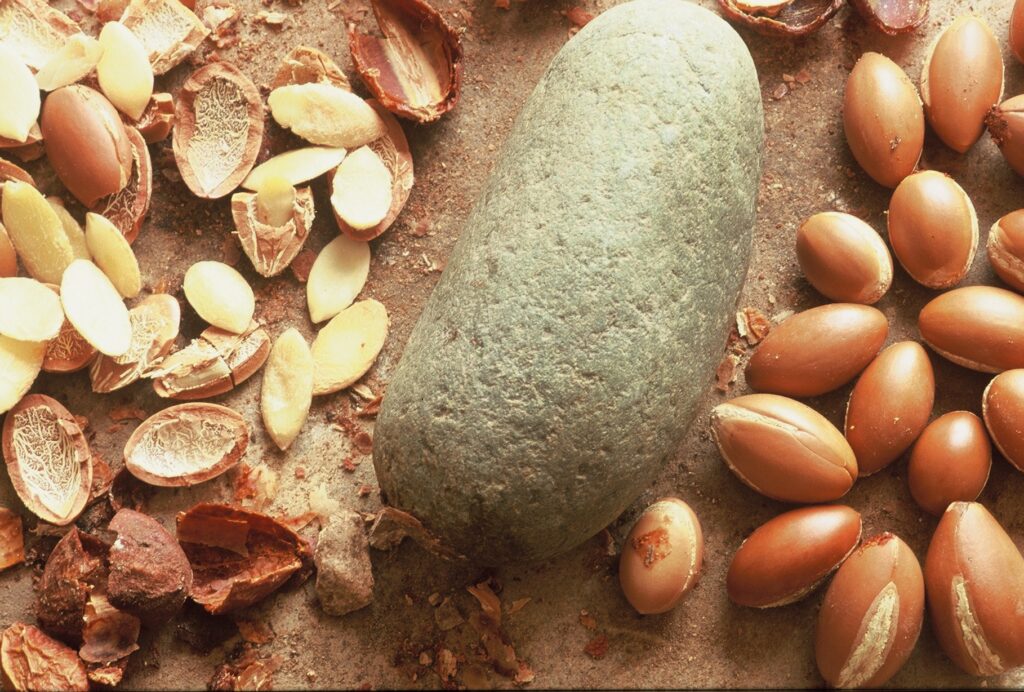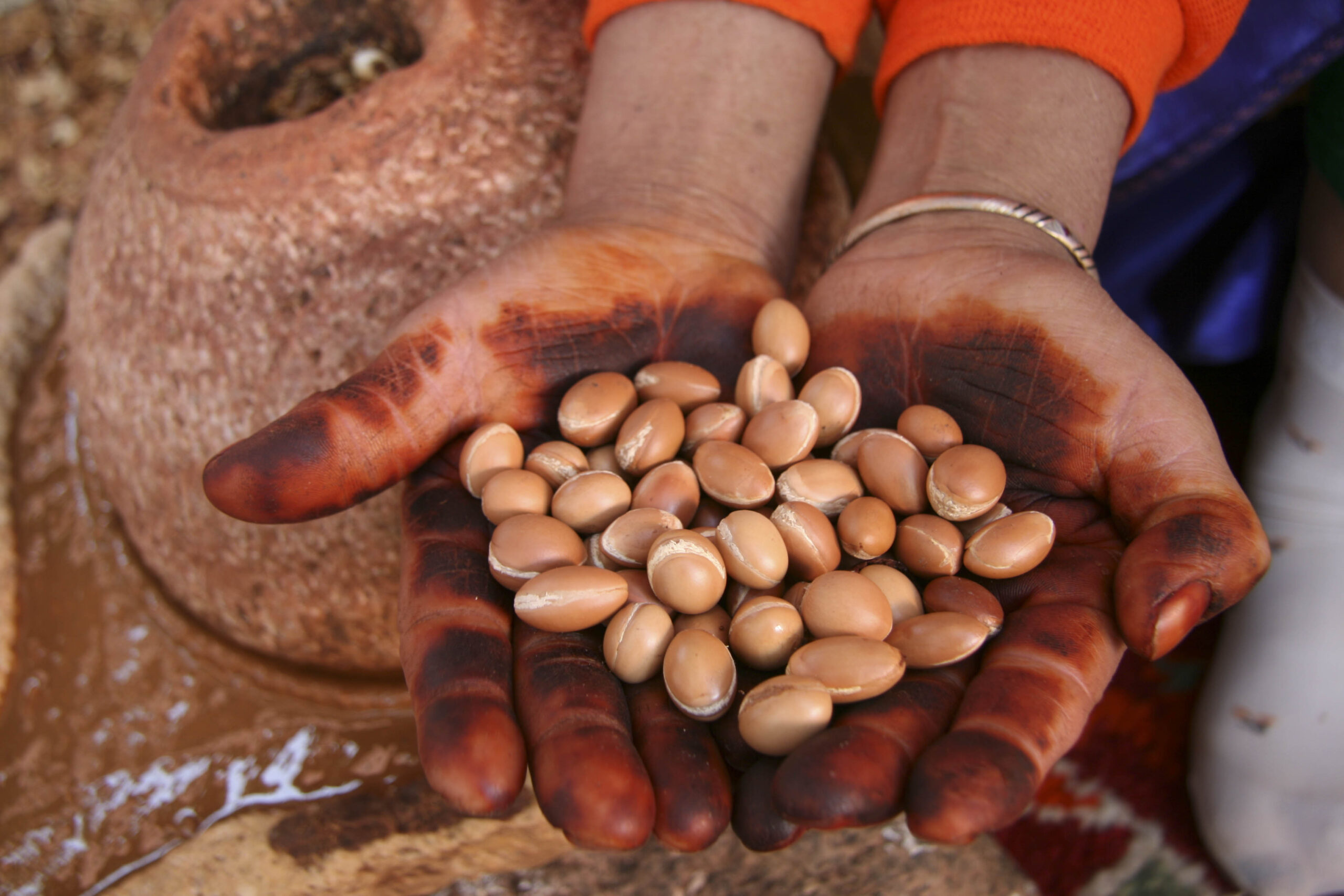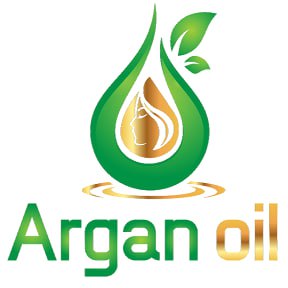Introduction
Moroccan argan oil, often called “liquid gold,” is one of the world’s most valuable natural oils. It is widely used in skincare, haircare, and cooking. The production process involves several careful steps, from harvesting argan tree fruits to extracting and bottling the final oil. This article explores how Moroccan argan oil is produced, highlighting traditional methods, ethical sourcing, and sustainability efforts.
Step 1: Harvesting the Argan Fruit
The journey of Moroccan argan oil begins with the Argania spinosa tree, which grows in southwestern Morocco. The trees produce small, yellow-green fruits that contain the valuable argan nuts inside.
Harvesting Process:
- Farmers wait for the ripe fruits to fall naturally between June and August.
- Local Berber women’s cooperatives collect the fallen fruits by hand.
- They leave the fruits to dry in the sun before moving to the next stage.
Related Articles:
External Resources:

Step 2: Cracking the Argan Nuts by Hand
One of the most labor-intensive parts of argan oil production is cracking the nuts. Each argan fruit contains a hard shell nut, which protects the kernels inside.
Traditional Extraction:
- Local women crack the nuts manually using stones.
- They carefully sort the kernels to ensure high quality.
- This traditional method prevents excessive heat exposure, preserving the oil’s nutrients.
Farmers need about 30 kilograms of argan fruit to produce one liter of pure argan oil.
Learn More About Traditional Extraction:
External Guides on Oil Extraction:
Step 3: Cold-Pressing the Argan Kernels
After workers collect the argan kernels, they press them to extract the oil while preserving its nutrients.
Cold-Pressing Method:
- They lightly roast the kernels when producing culinary oil, while cosmetic oil remains raw.
- The ground kernels form a paste, which goes through a traditional stone mill or a modern hydraulic press.
- Producers avoid using heat or chemicals to maintain the oil’s fatty acids, antioxidants, and vitamin E.
More on Argan Oil Quality:
External Scientific Studies:
Step 4: Filtering and Bottling the Oil
Once extracted, the oil undergoes filtration to remove any sediment and enhance purity.
- Producers let the oil settle naturally before filtering.
- They pass it through fine mesh filters to ensure clarity.
- They store the final product in dark glass bottles to protect it from oxidation and UV damage.
Argan oil retains its potency when stored in a cool, dark place.
Where to Buy High-Quality Argan Oil:
Ethical and Sustainable Sourcing of Argan Oil
The rising demand for Moroccan argan oil has led to sustainability concerns. Responsible producers follow ethical sourcing practices to protect the environment and support local communities.
How Argan Oil Production Supports Local Communities:
- Women’s cooperatives provide fair wages and economic empowerment.
- Farmers use sustainable harvesting methods to protect the endangered argan forests.
- Certified Fair Trade and ECOCERT oils promote ethical trade practices.
More on Ethical Sourcing:
External Sustainability Resources:
Conclusion: The Journey from Tree to Bottle
Understanding how Moroccan argan oil is produced highlights the care, tradition, and sustainability behind every bottle. From hand-harvested fruits to cold-pressed extraction, every step ensures the highest quality oil for cosmetic and culinary uses.
For authentic, sustainably sourced argan oil, visit:
Have you ever tried authentic Moroccan argan oil? Let us know in the comments.


